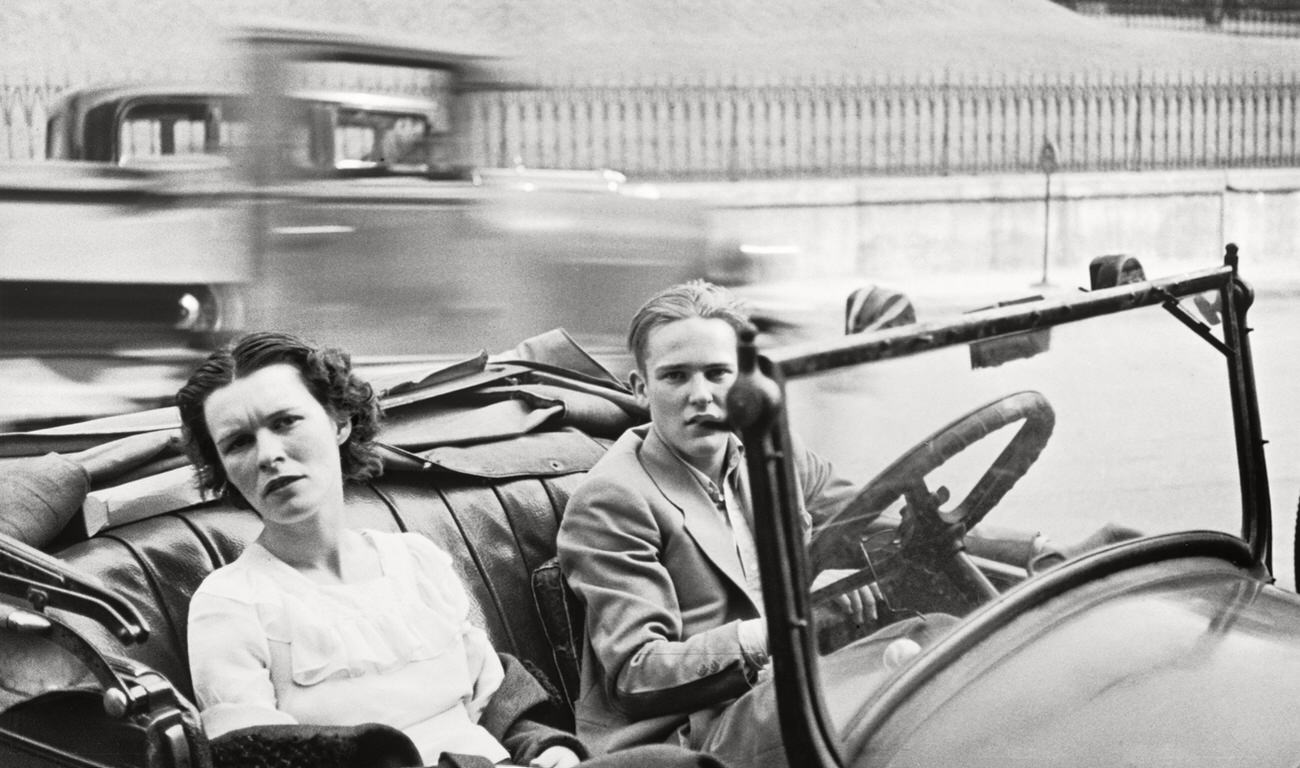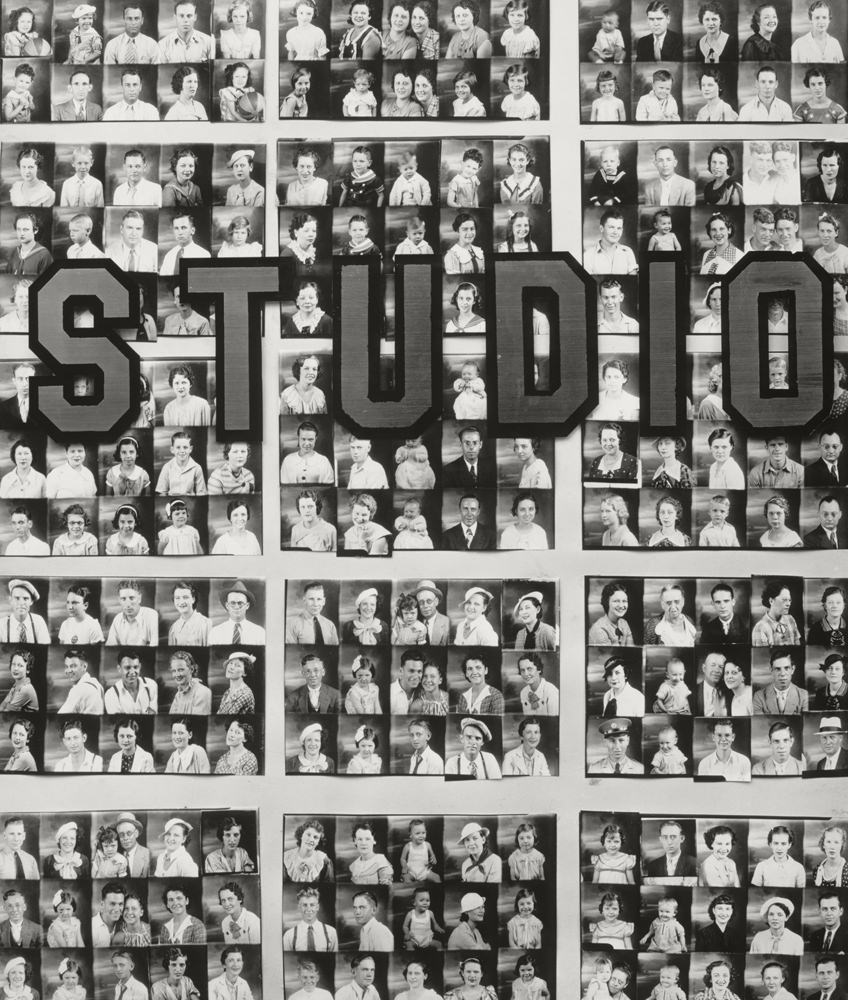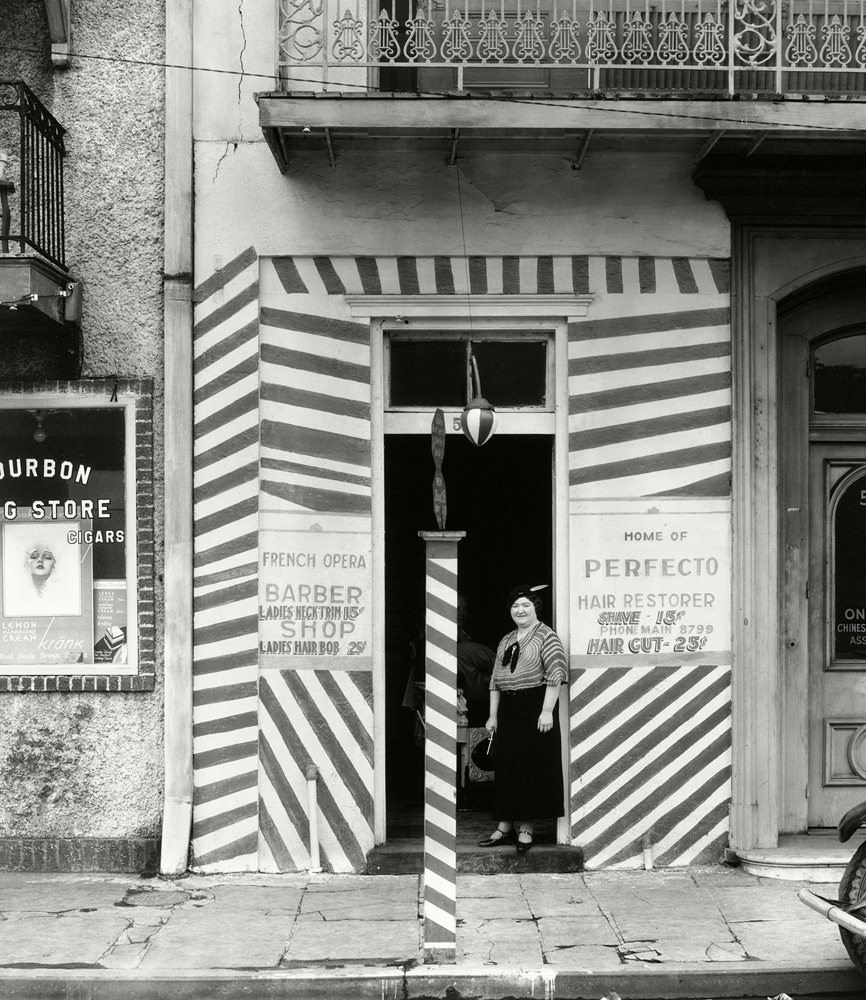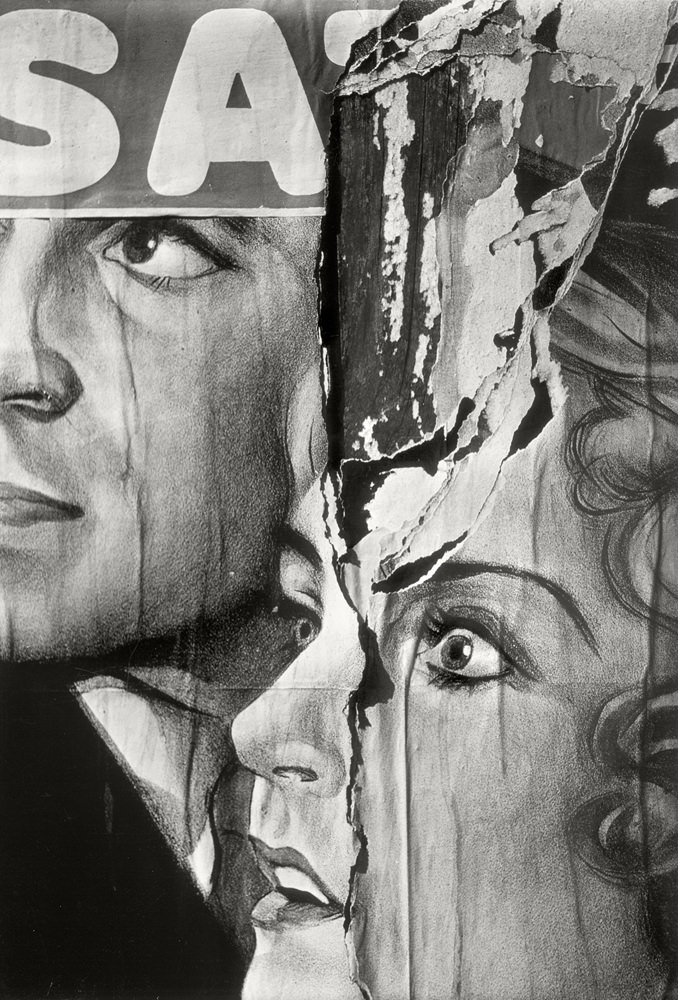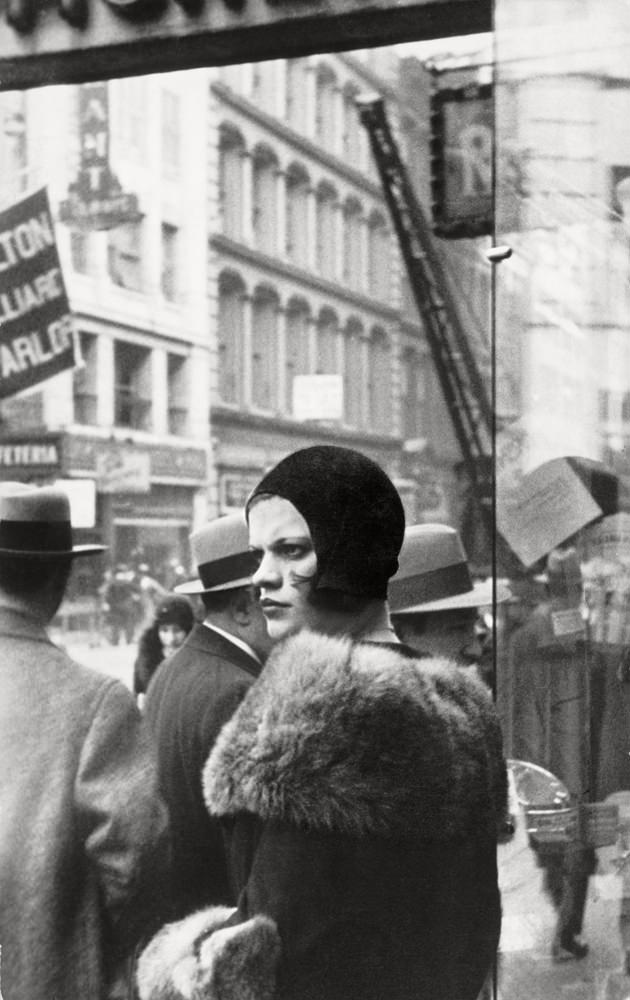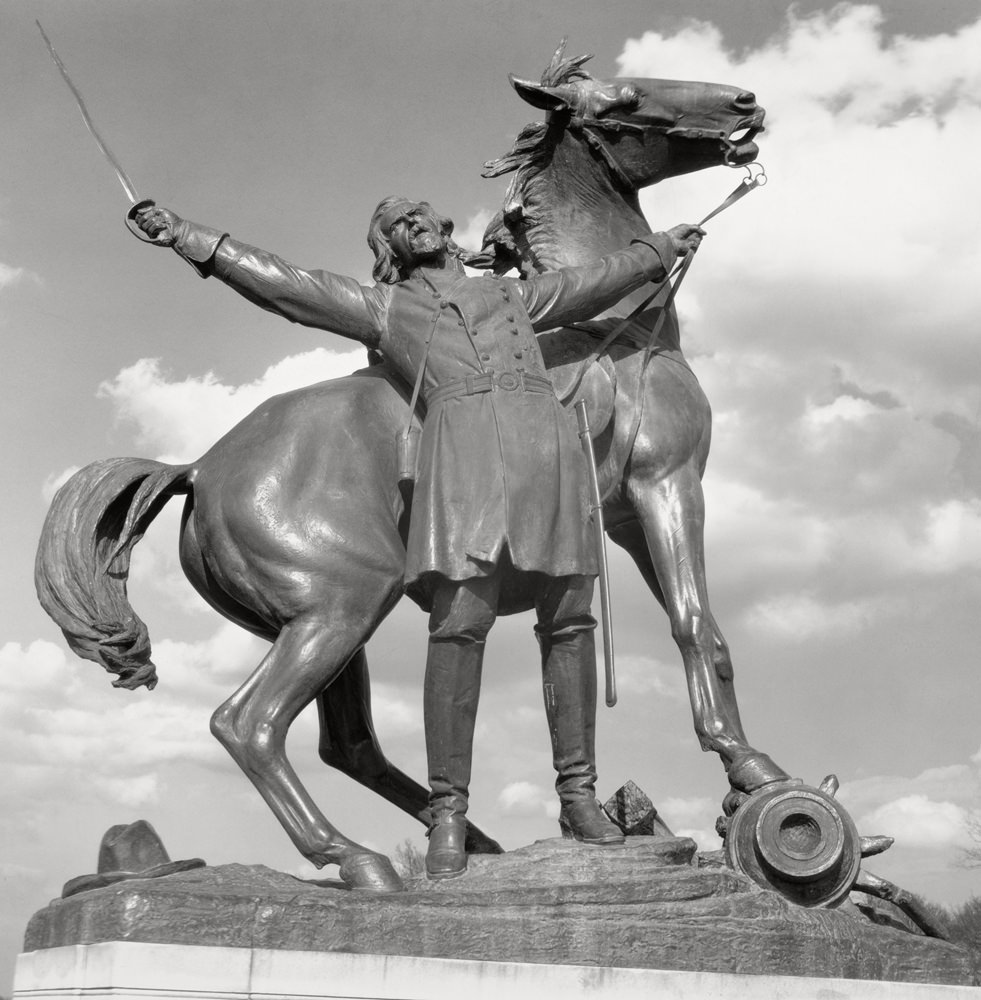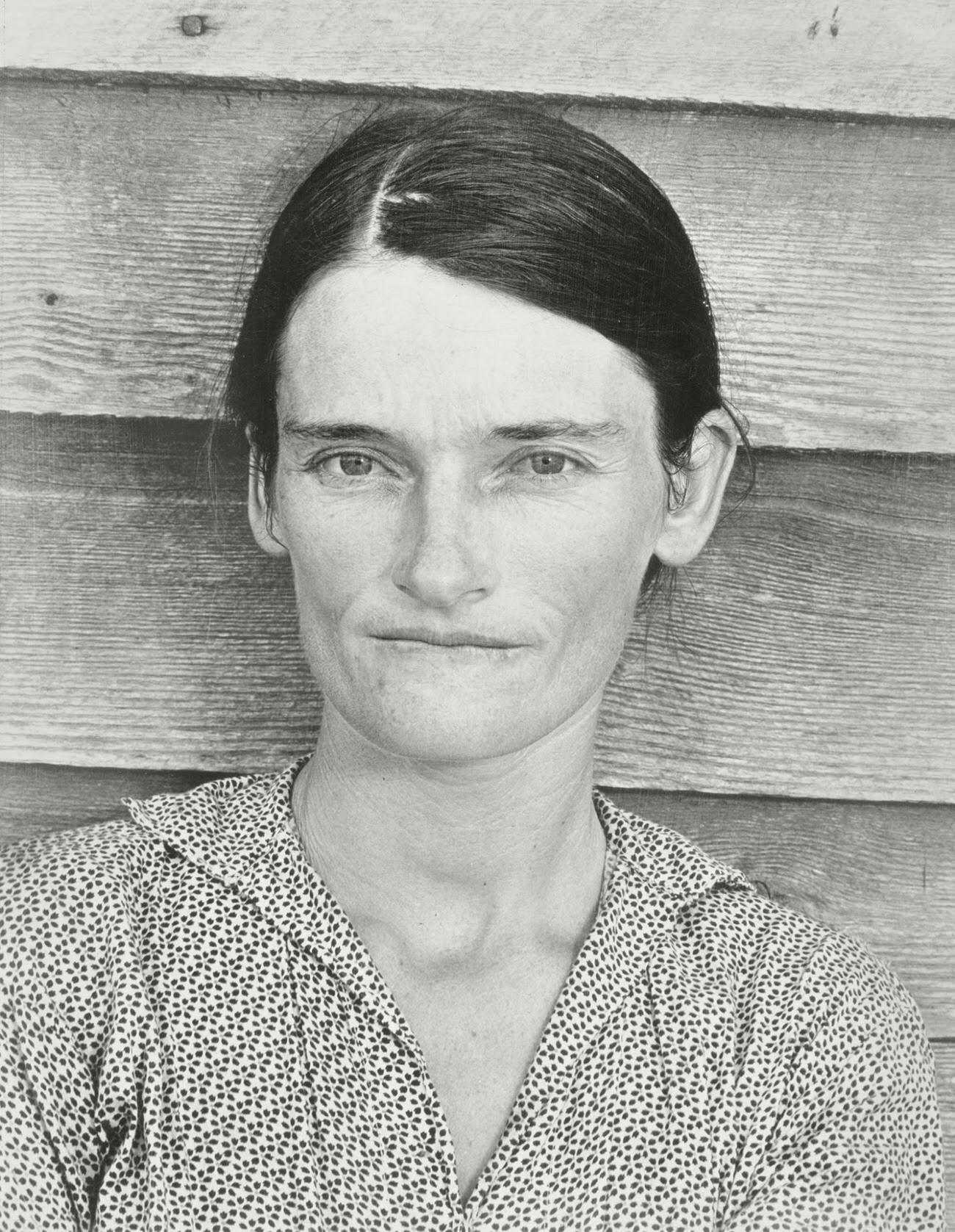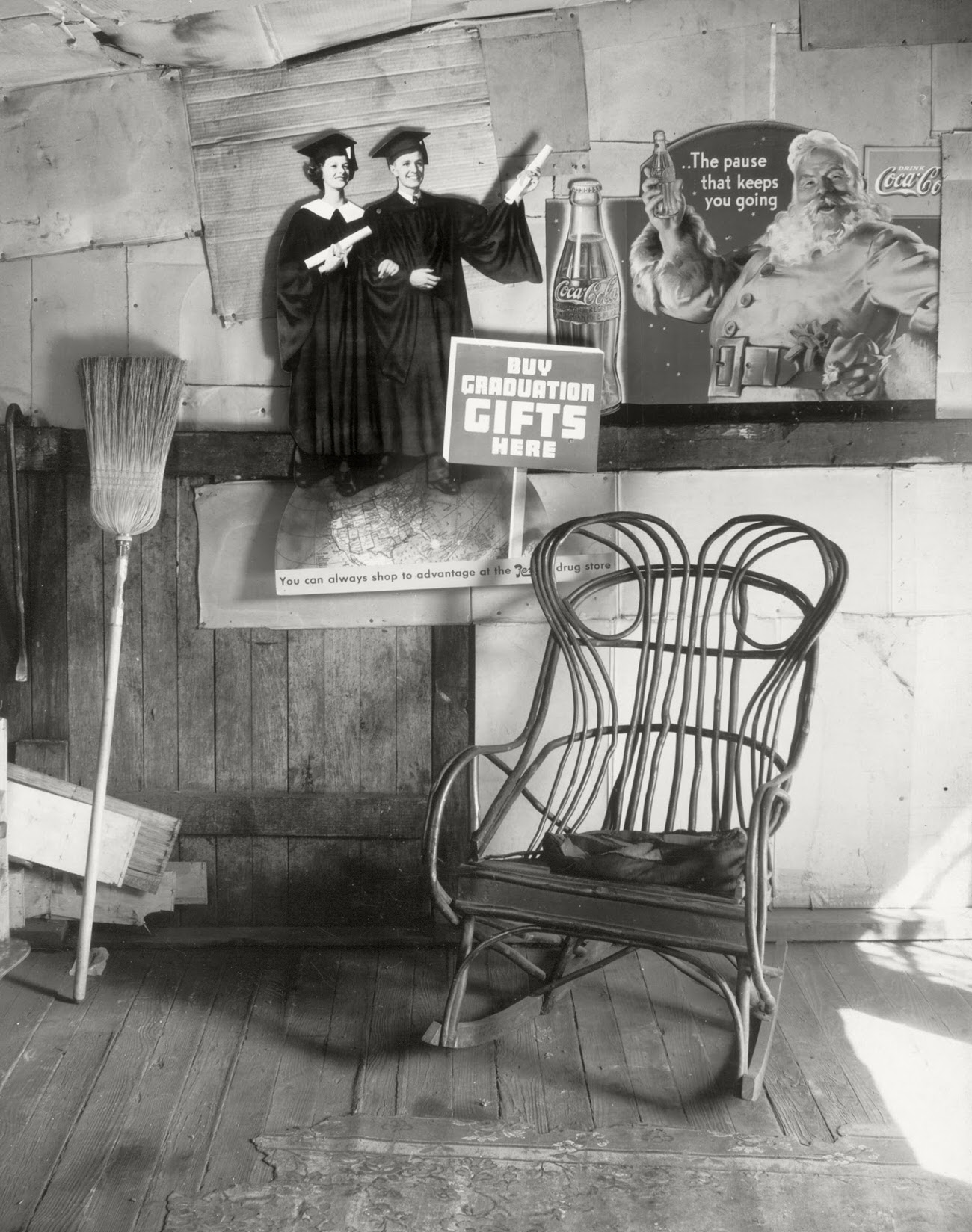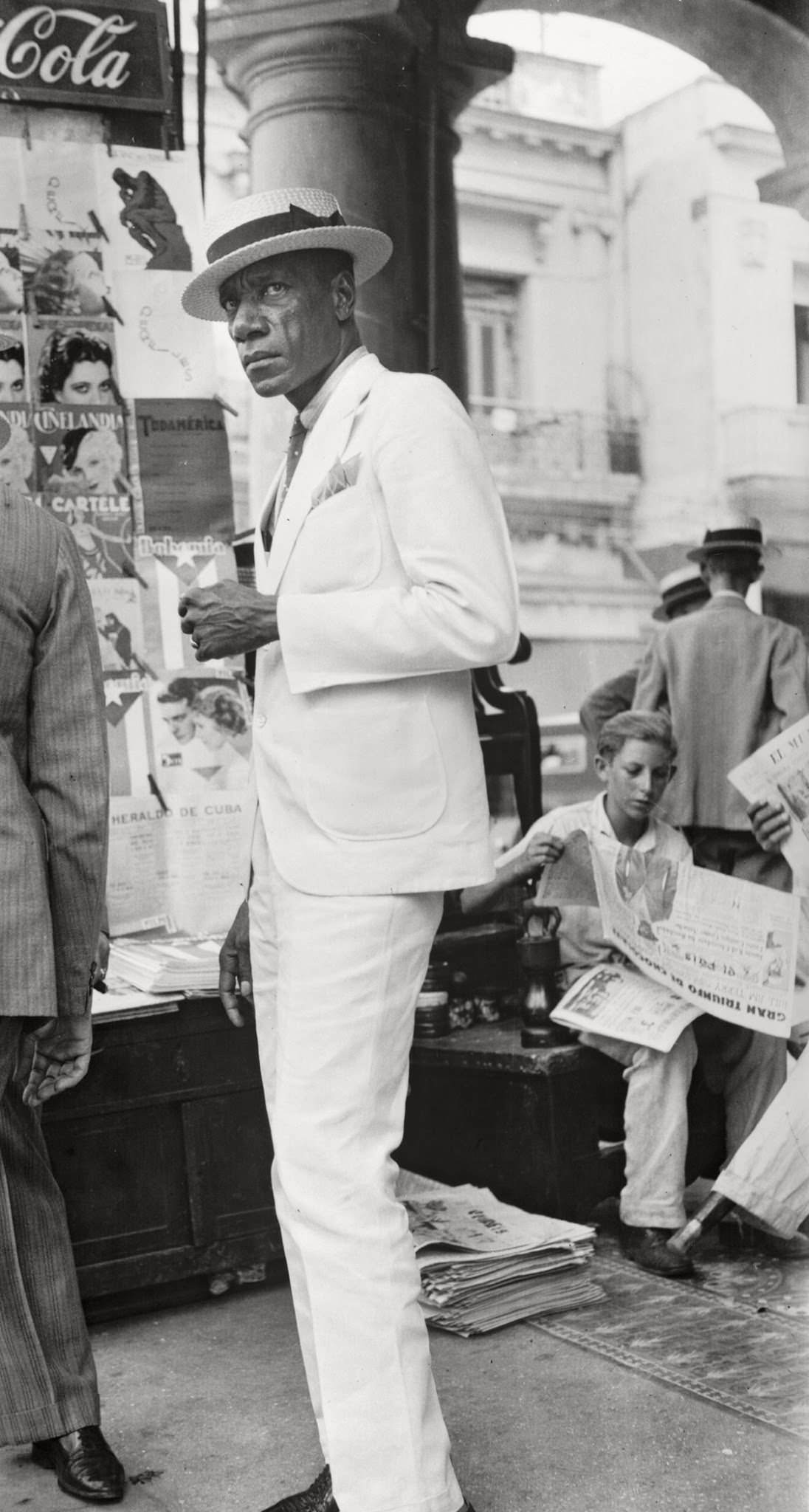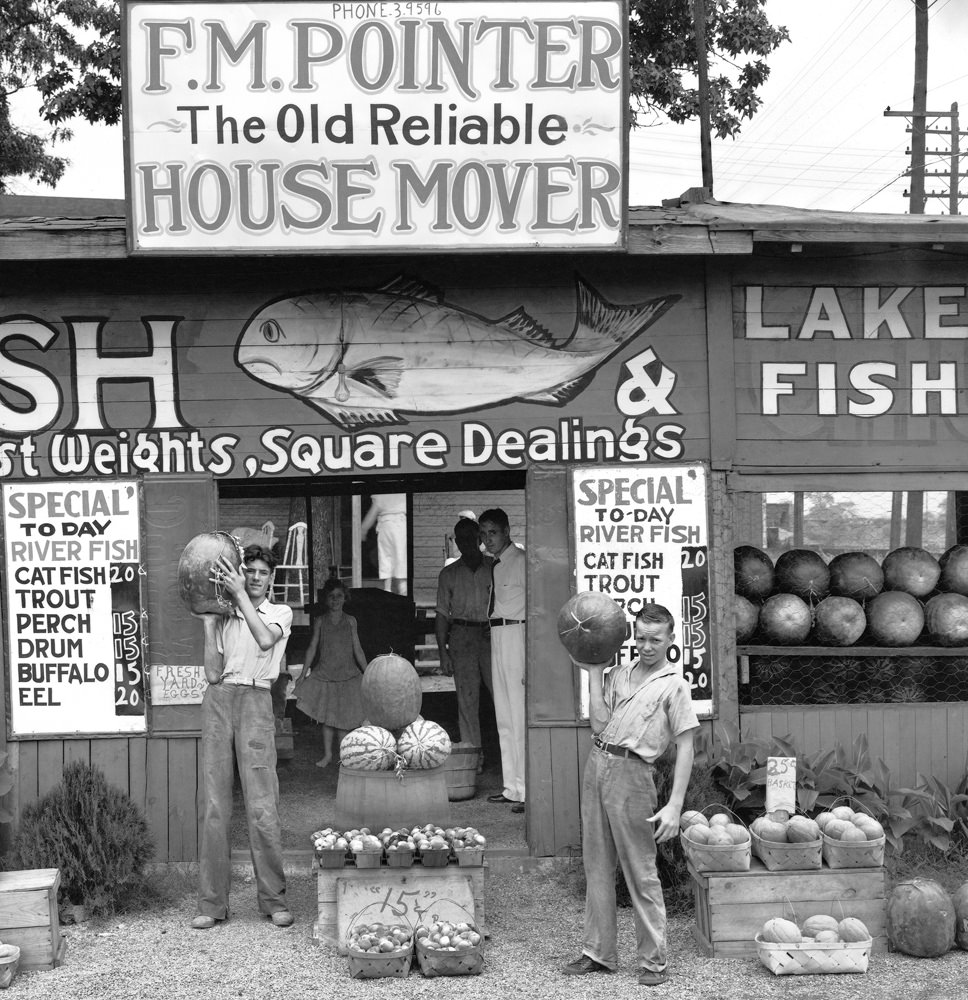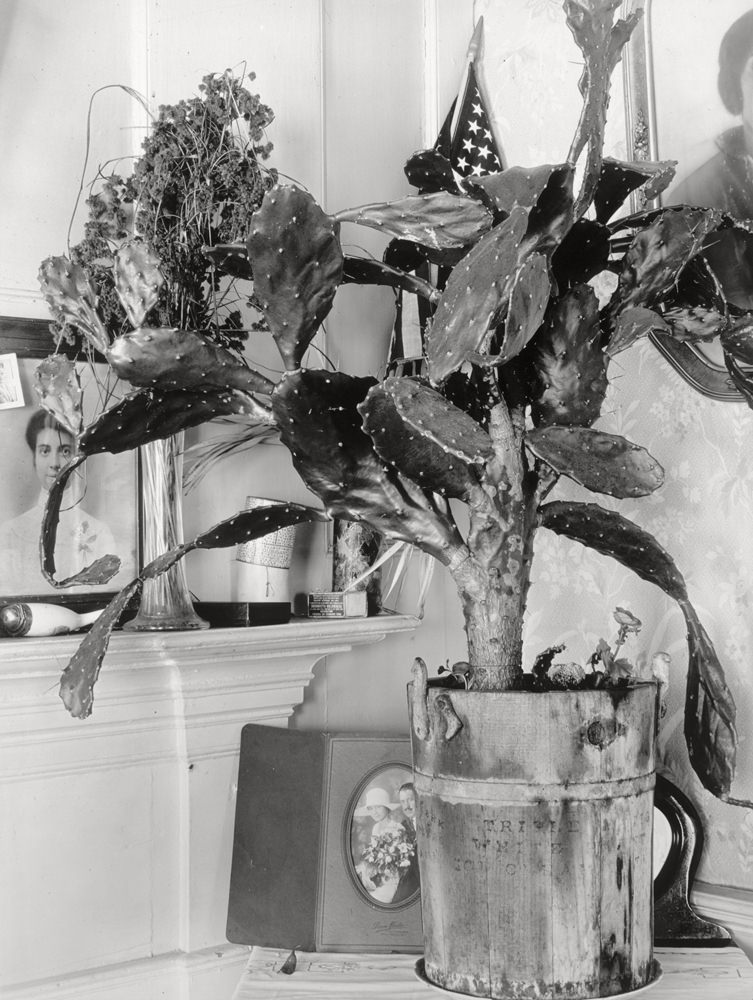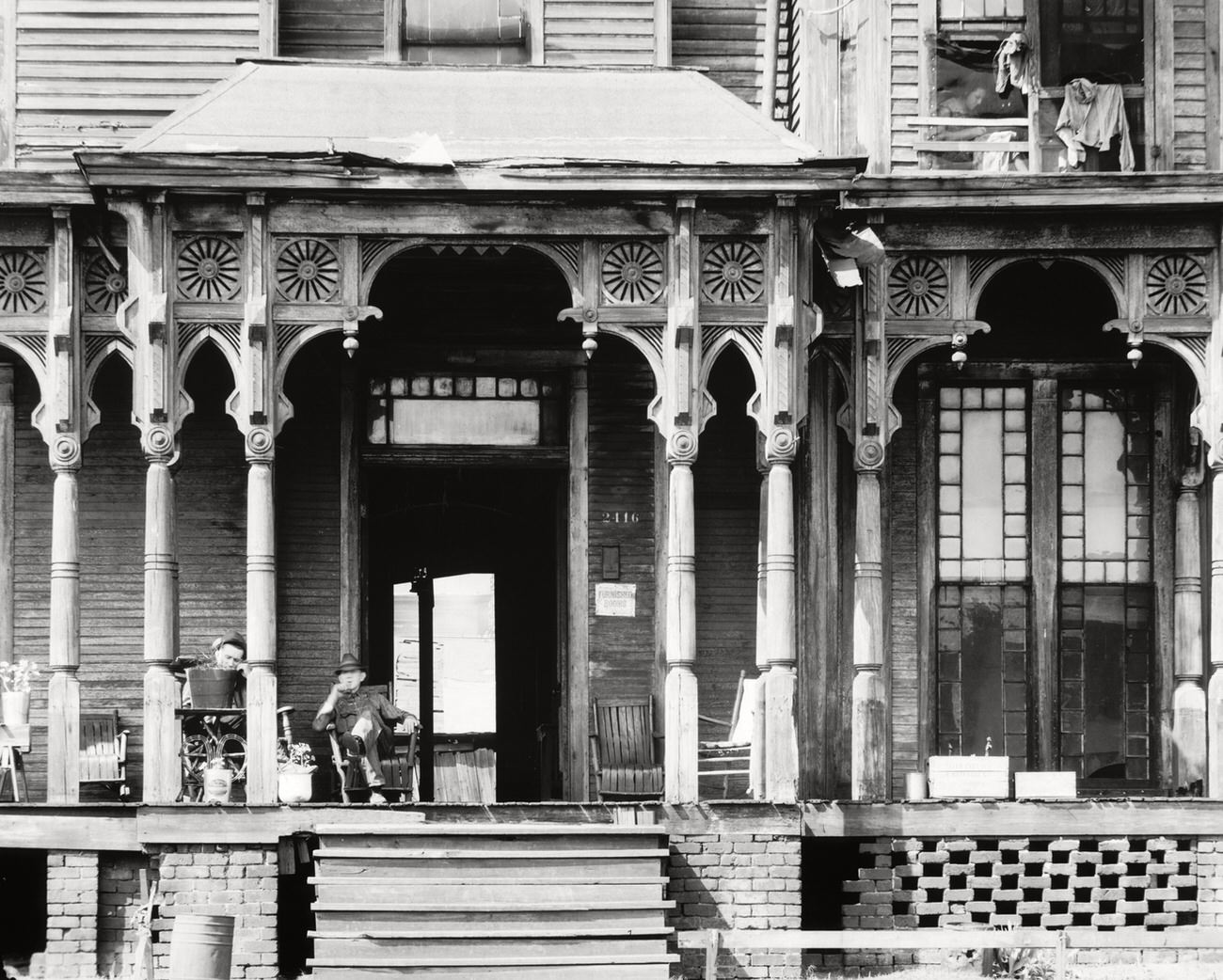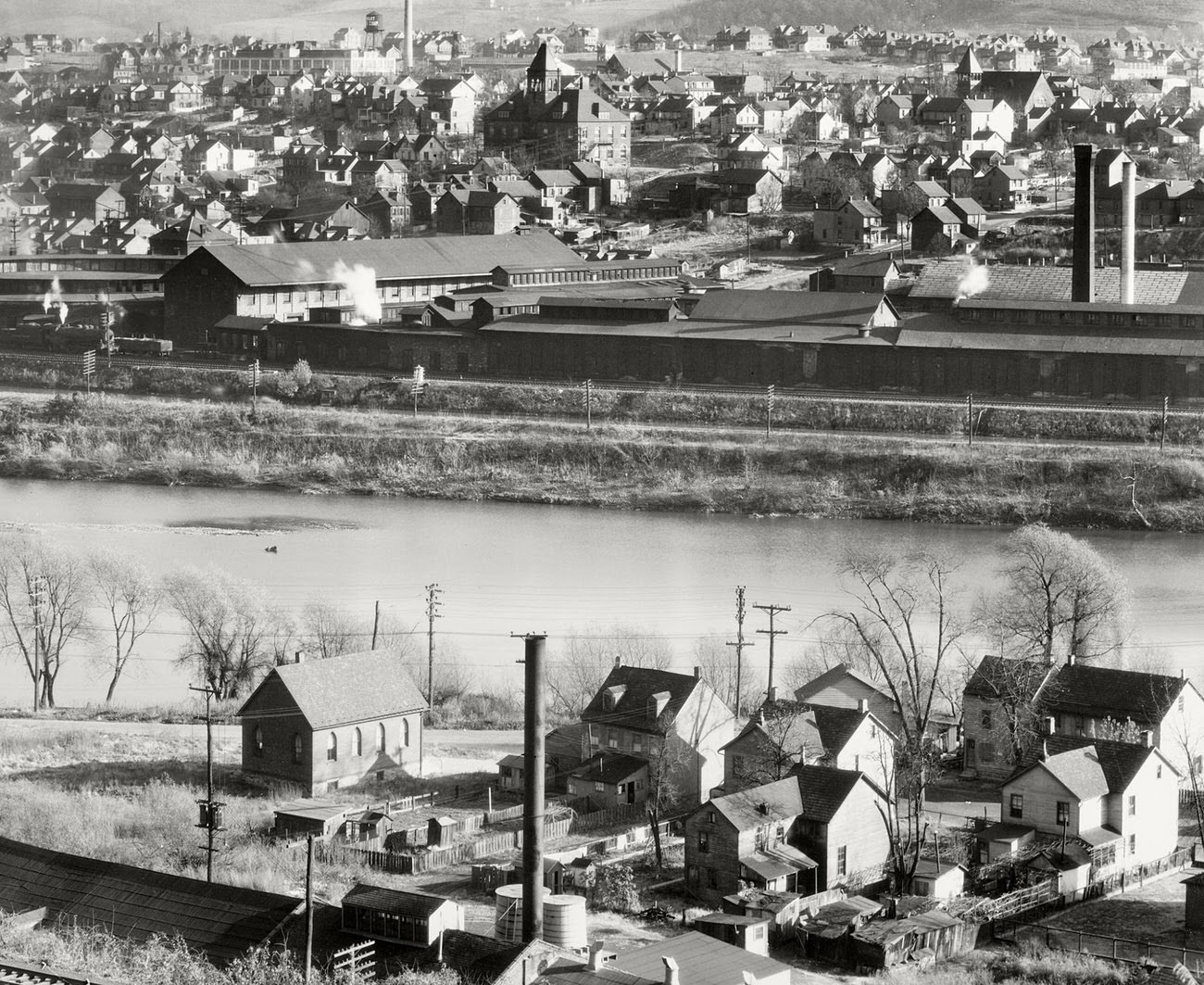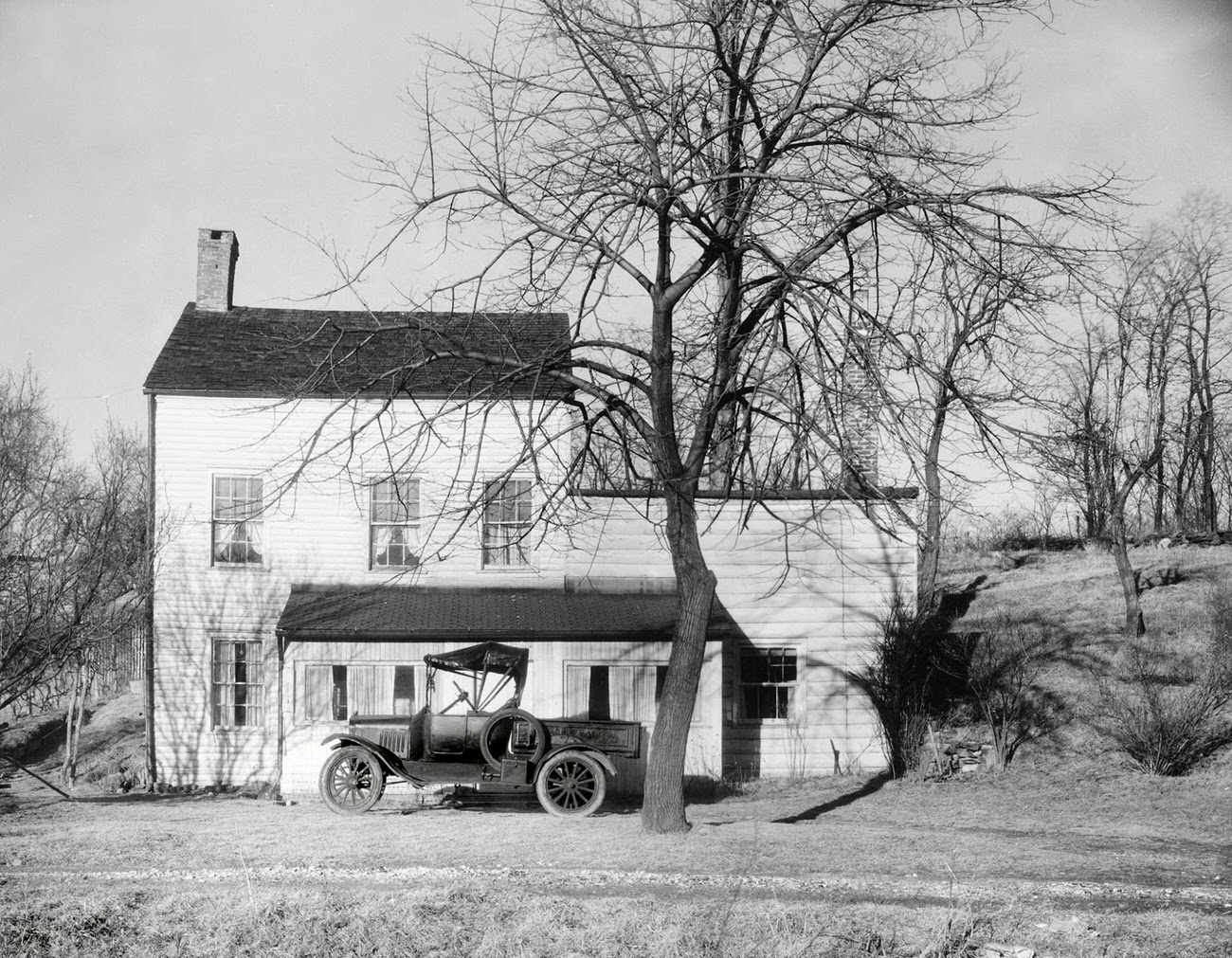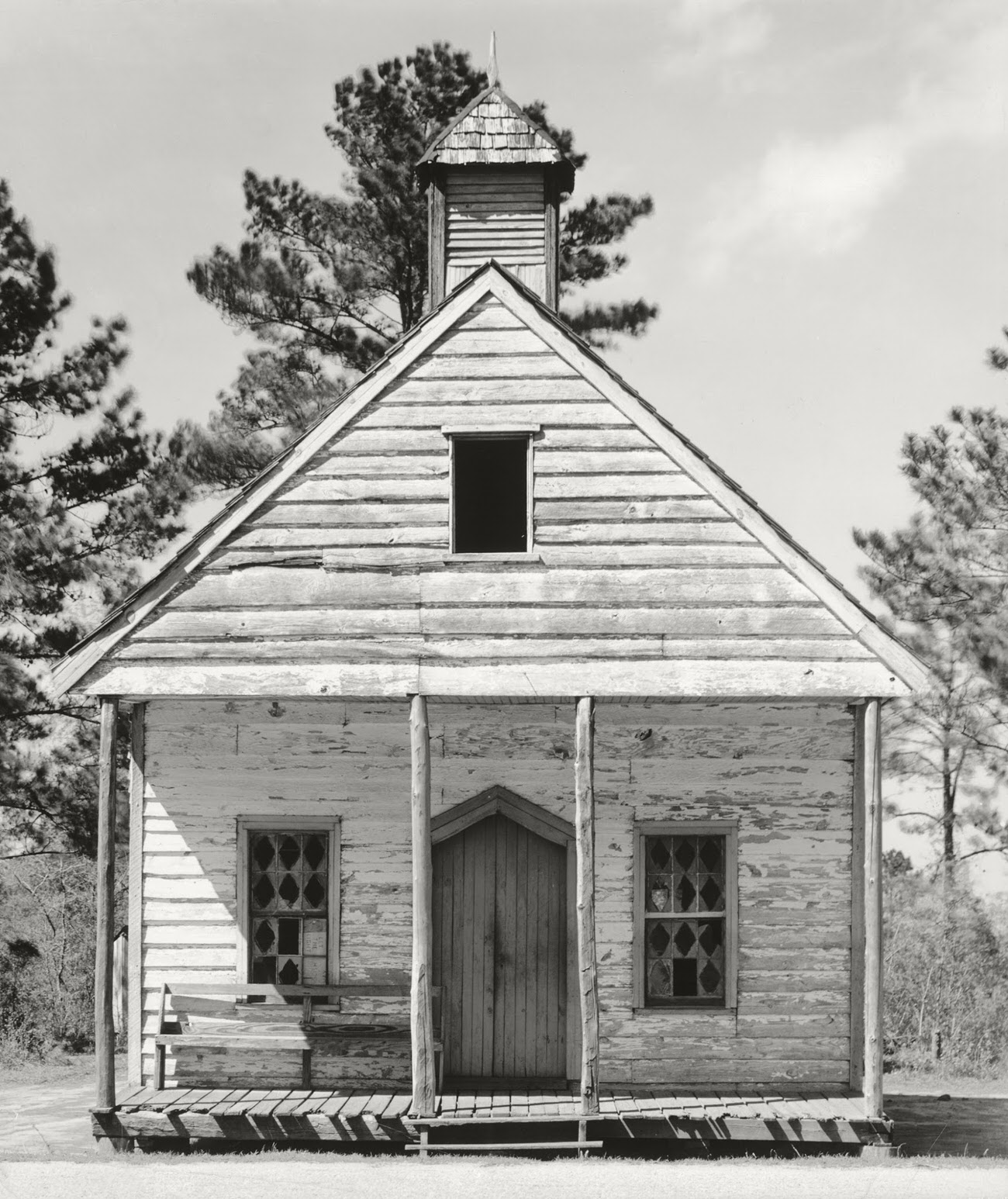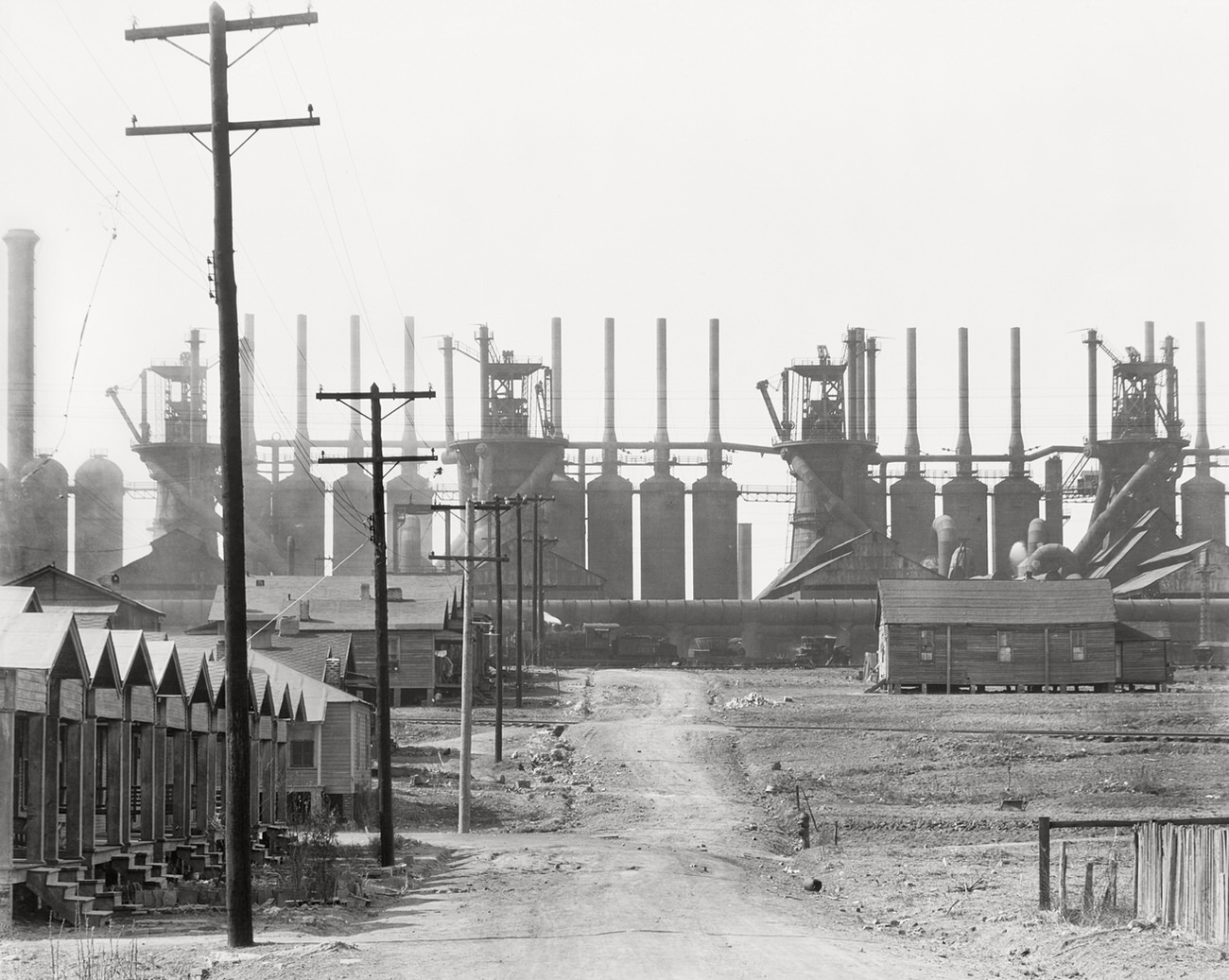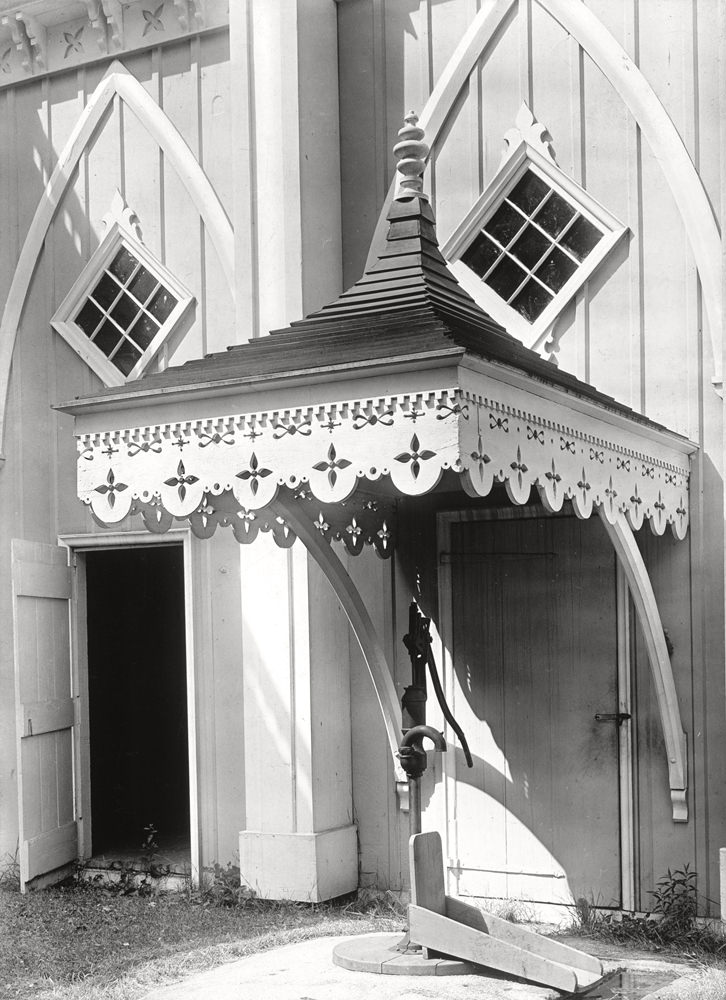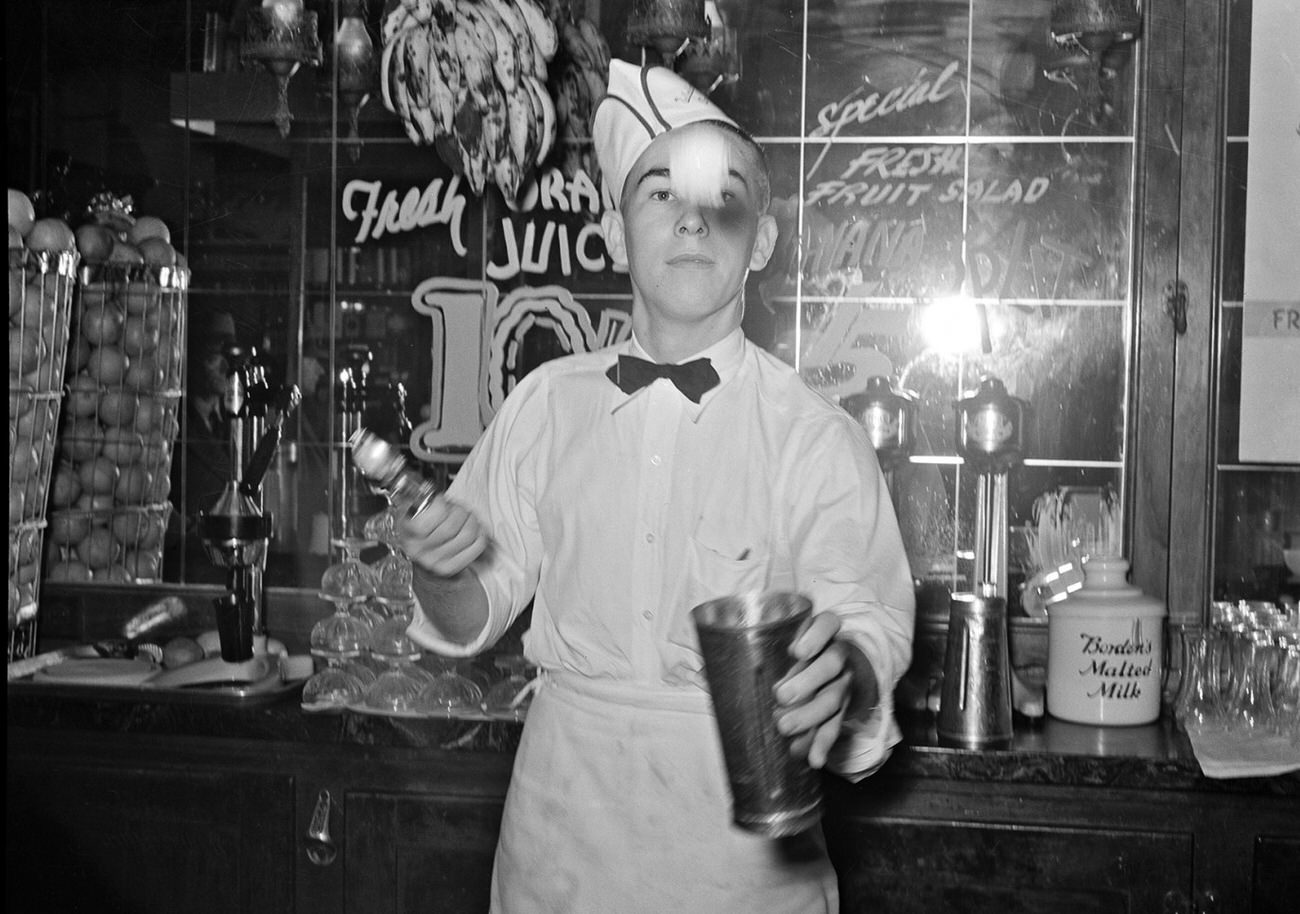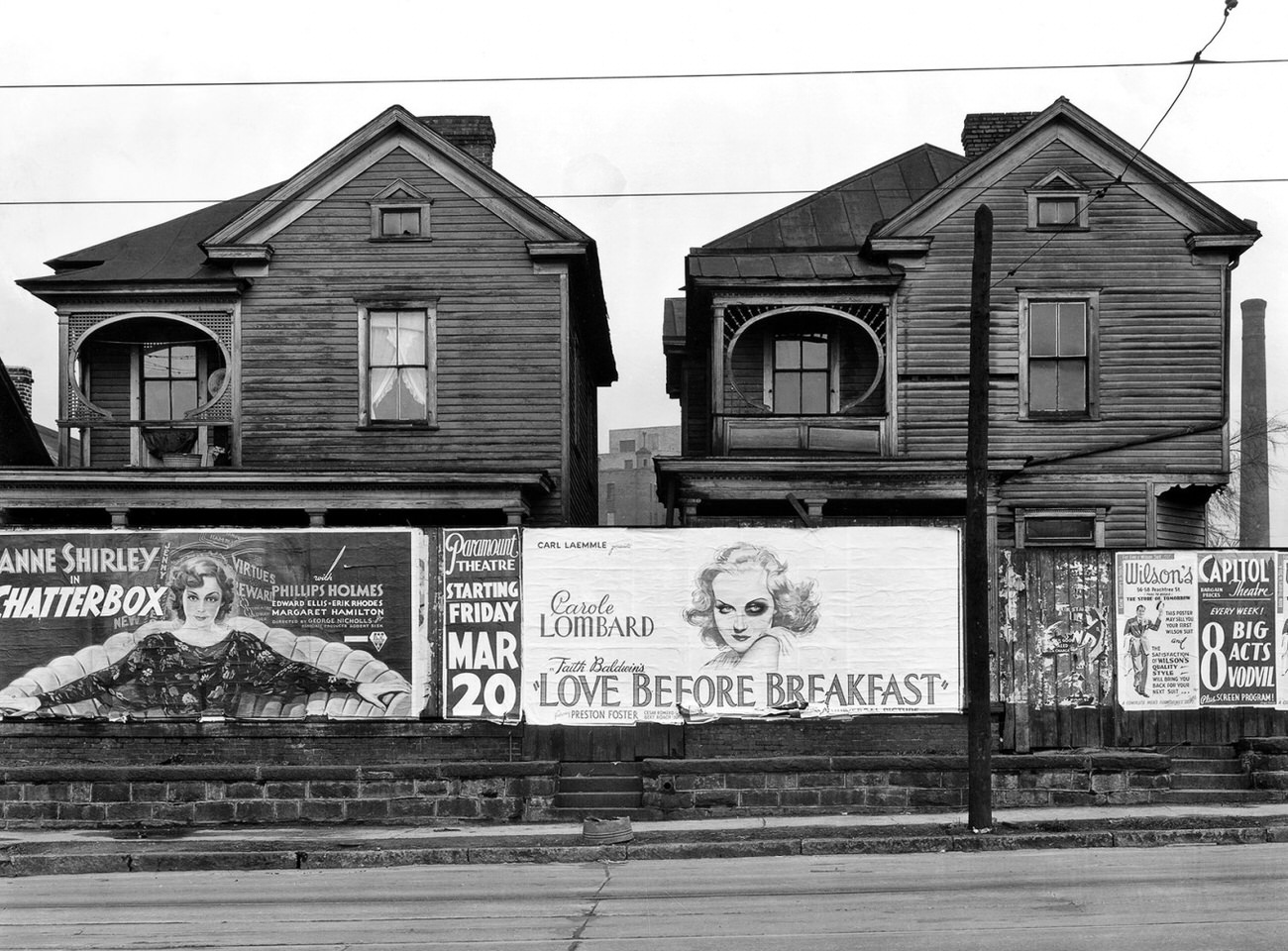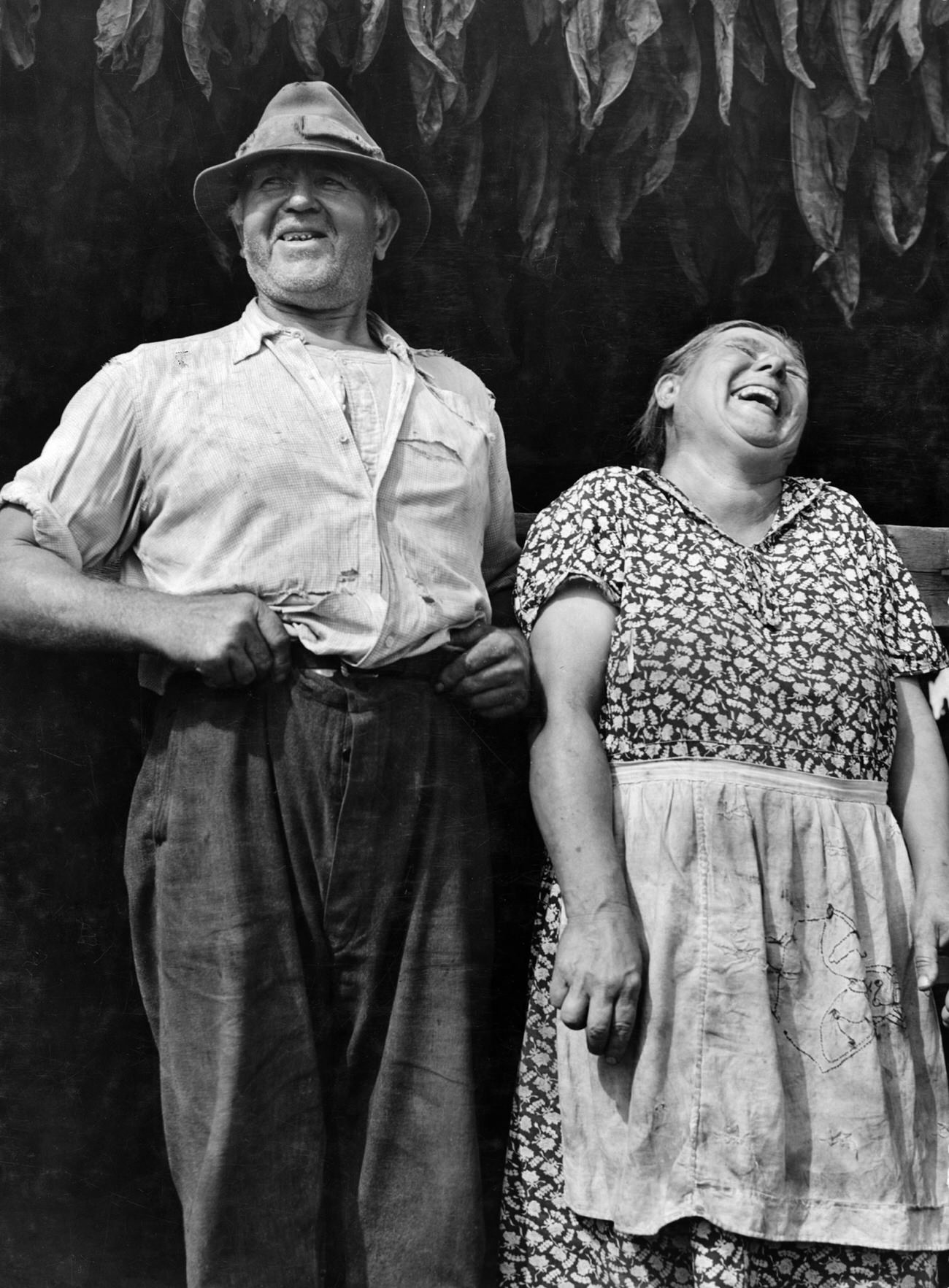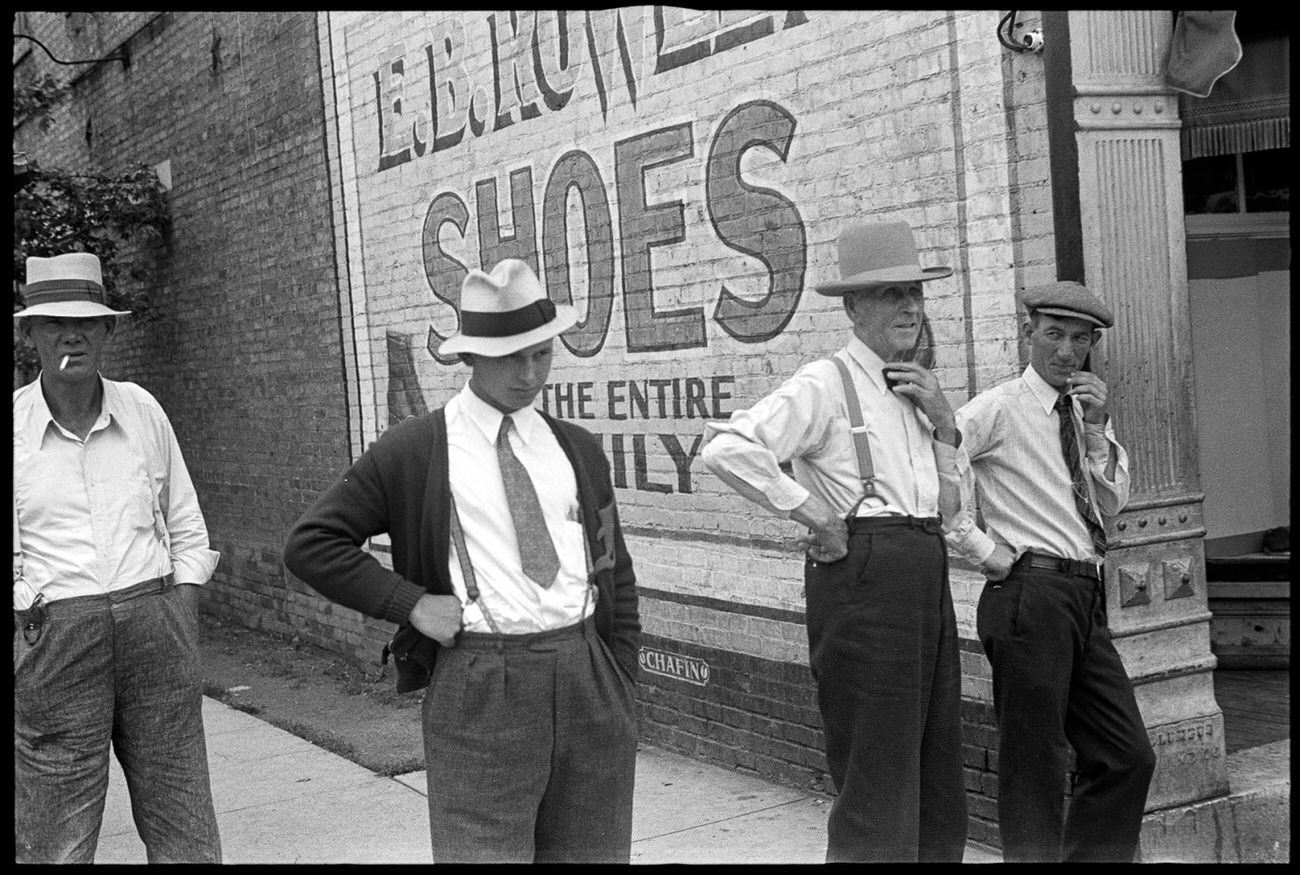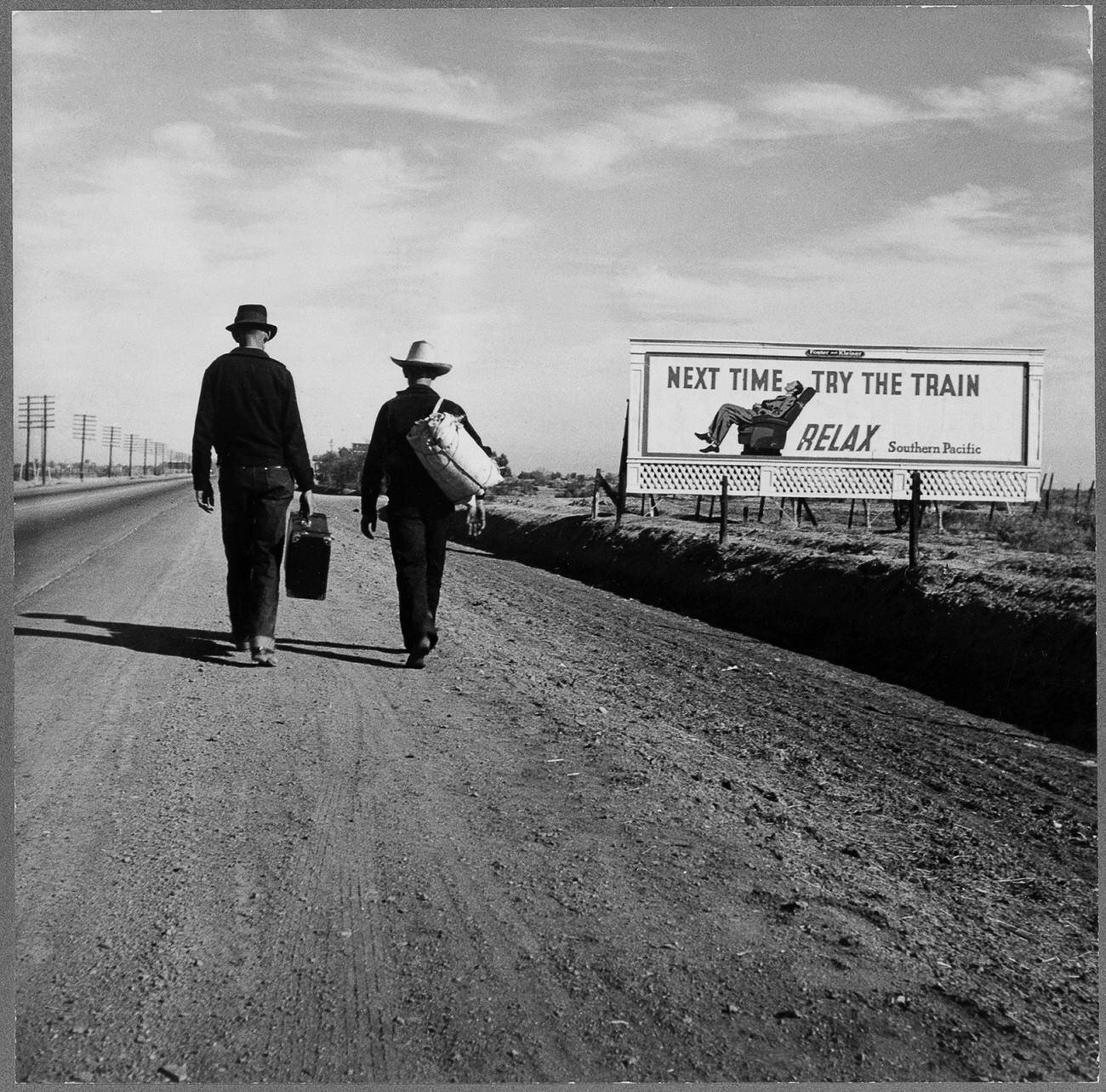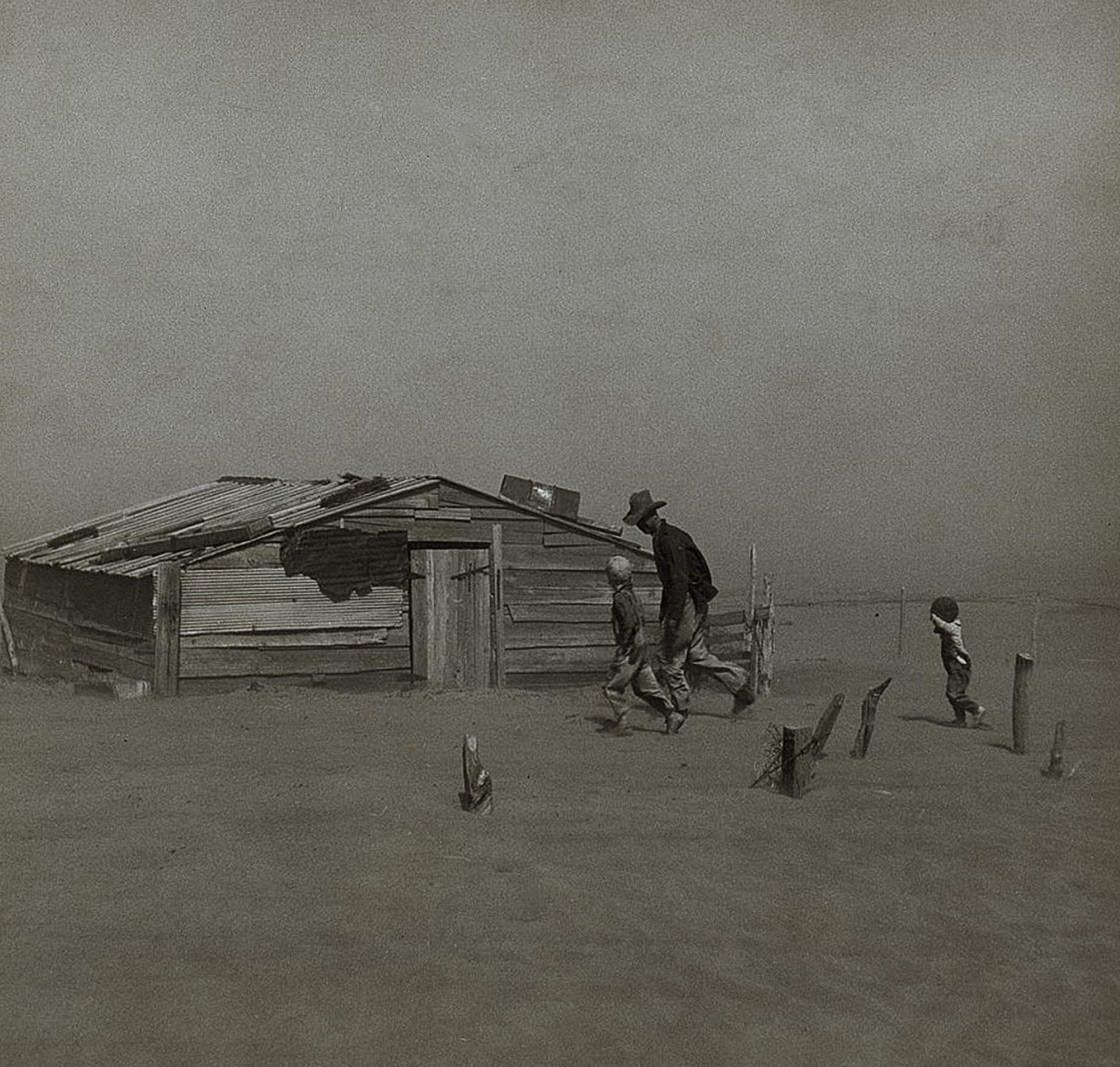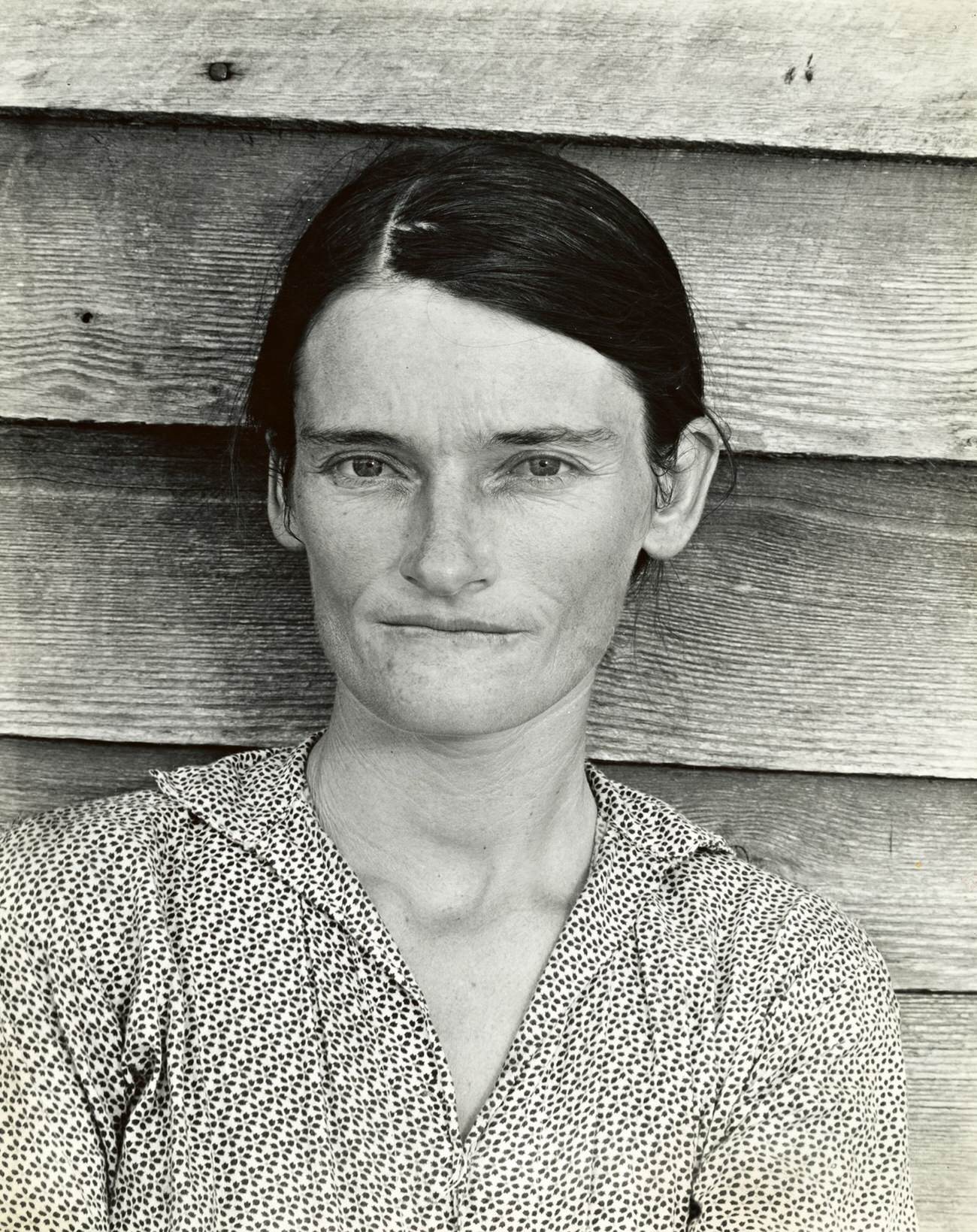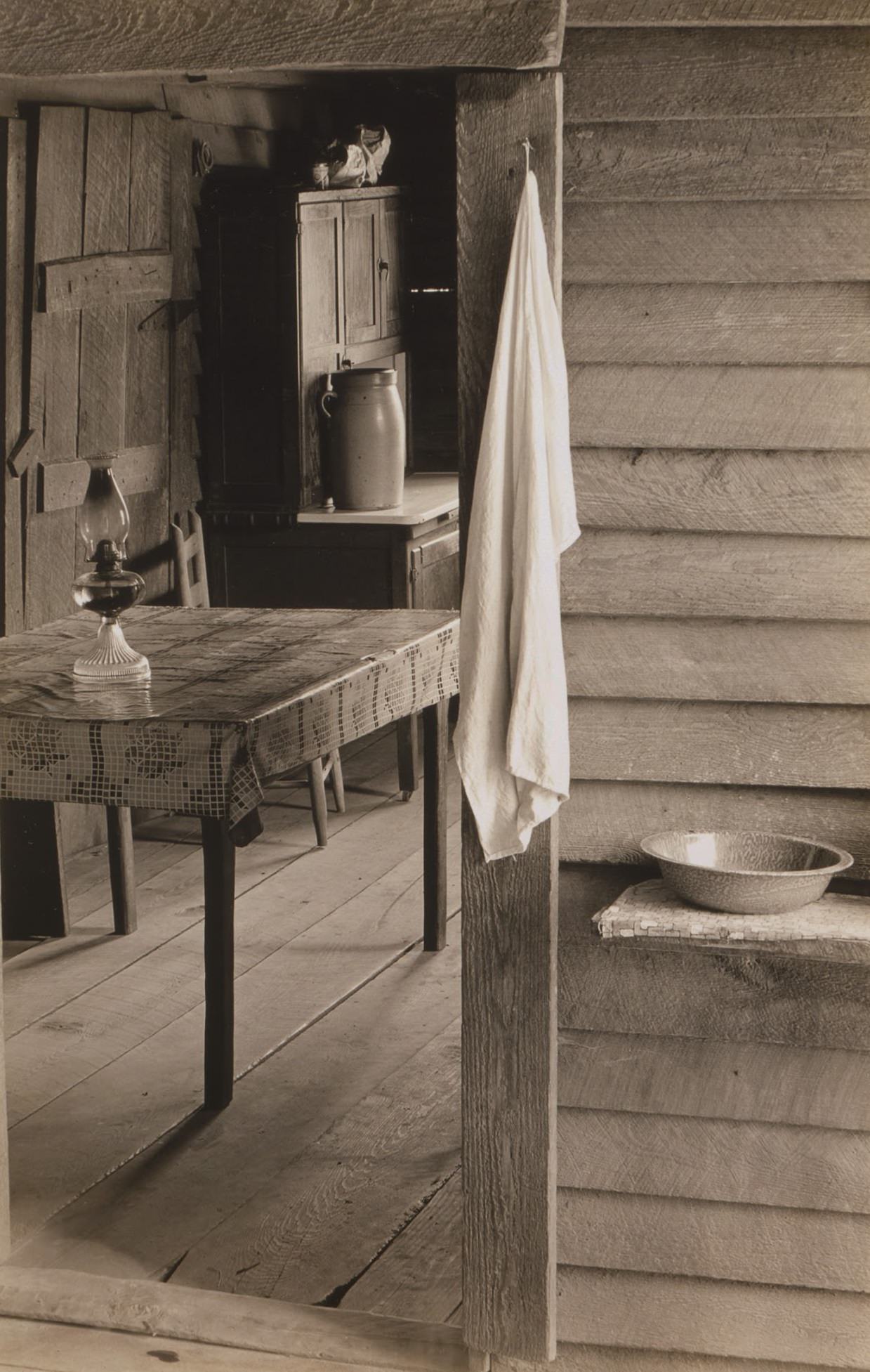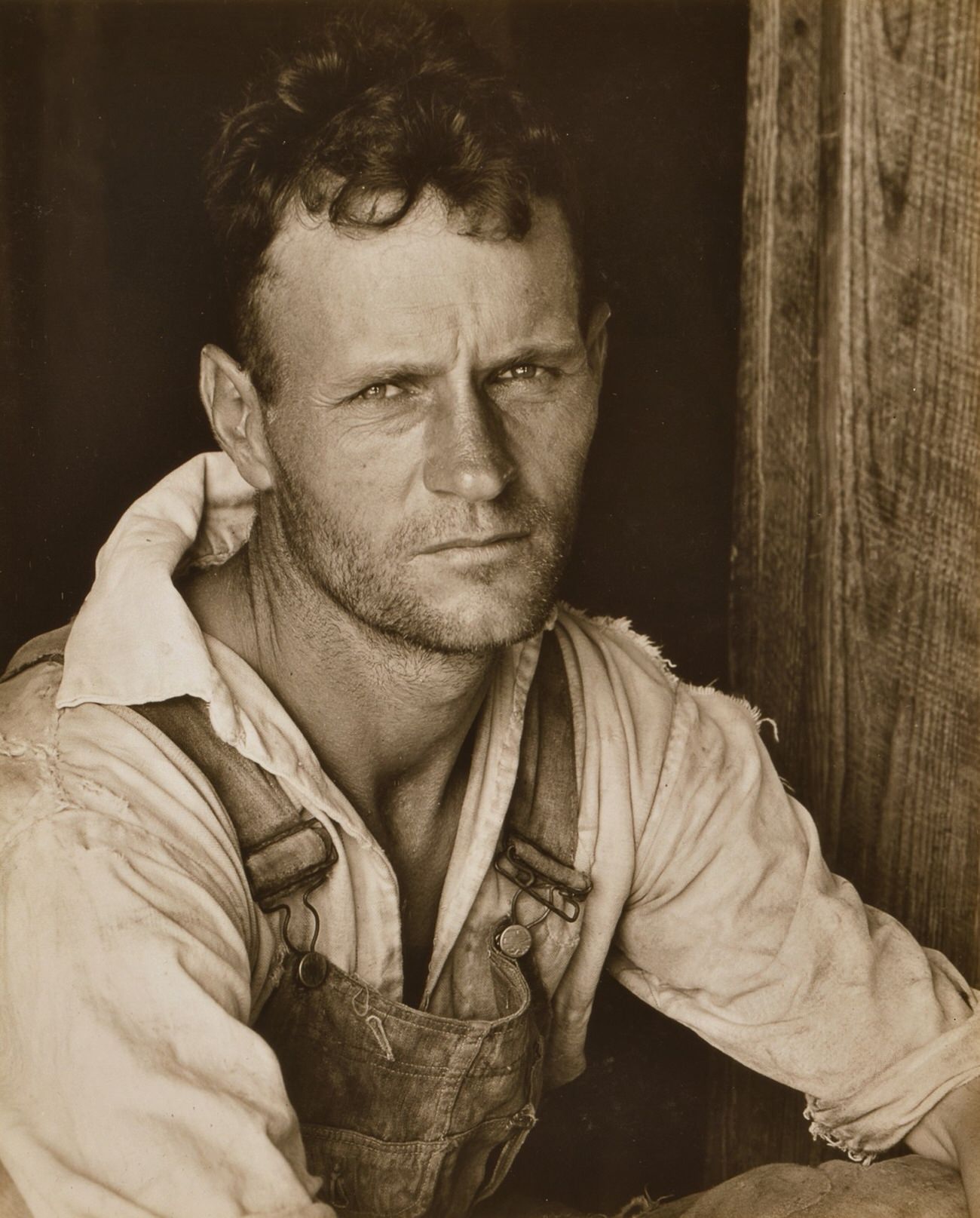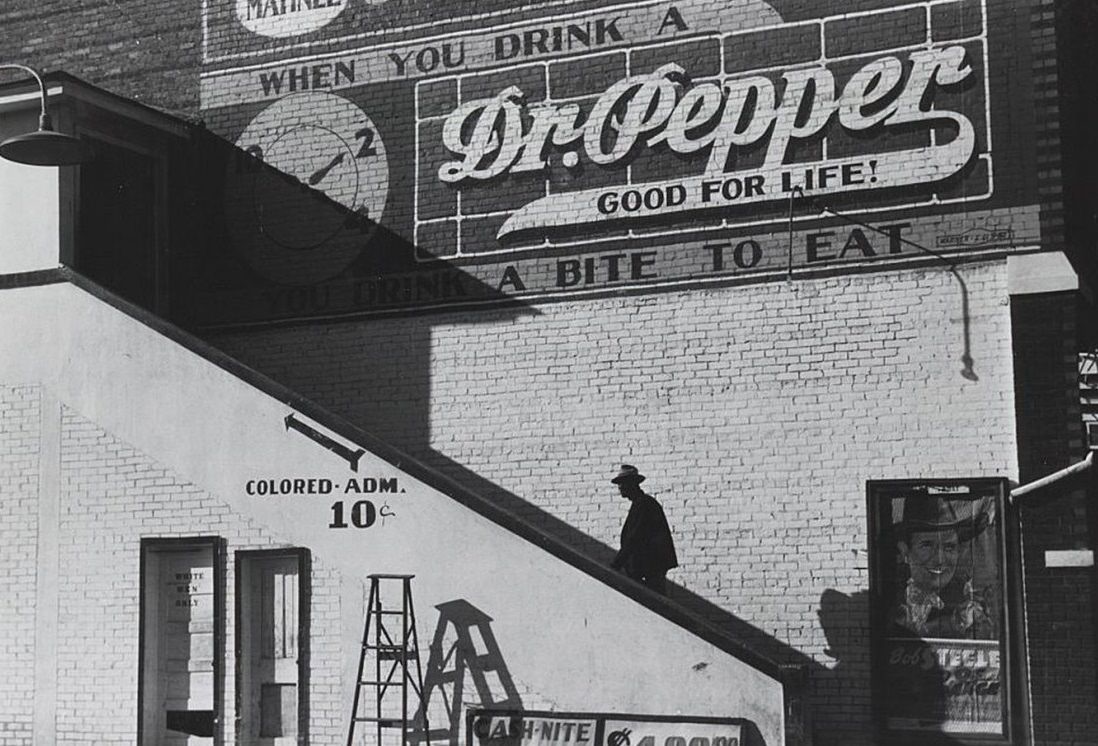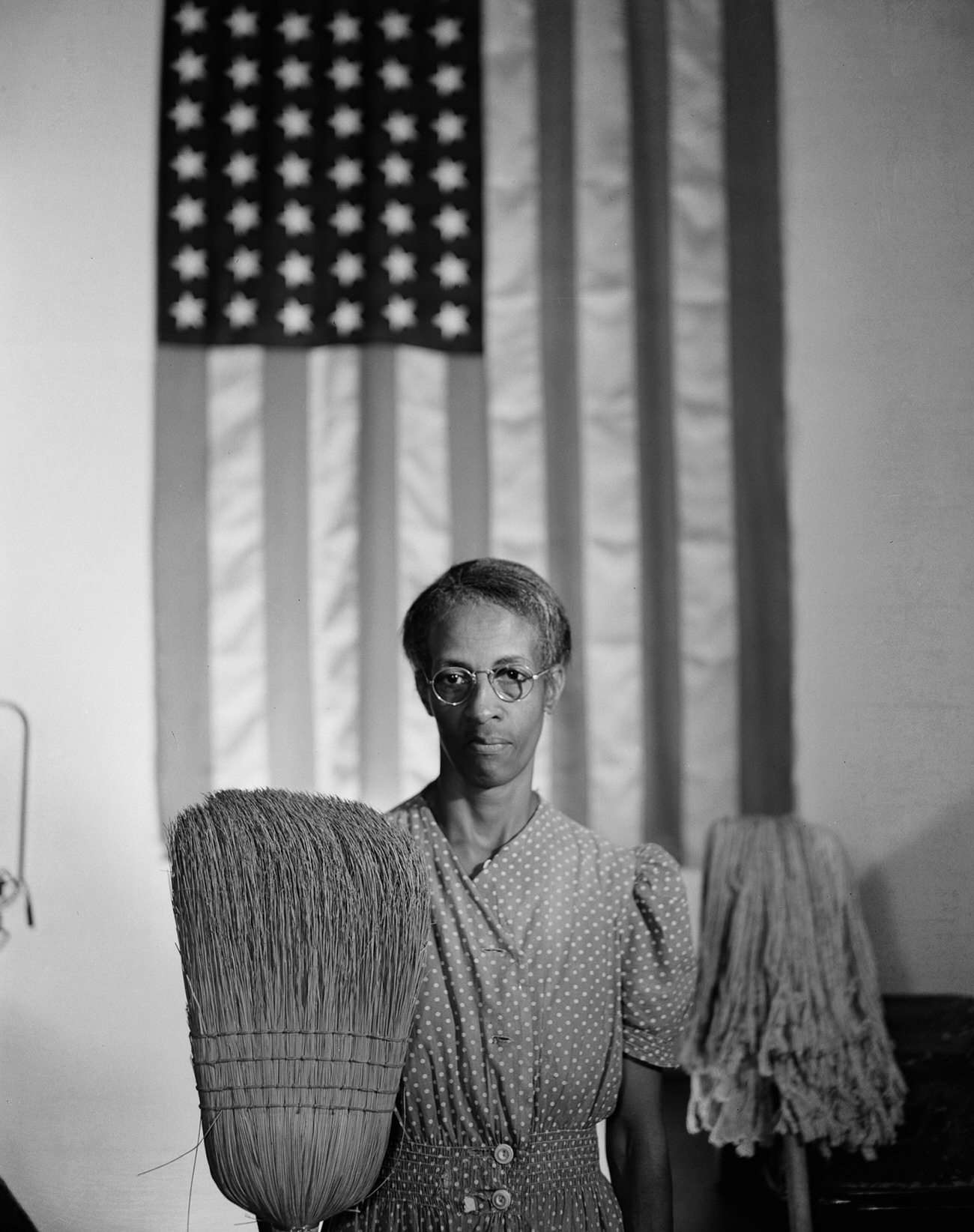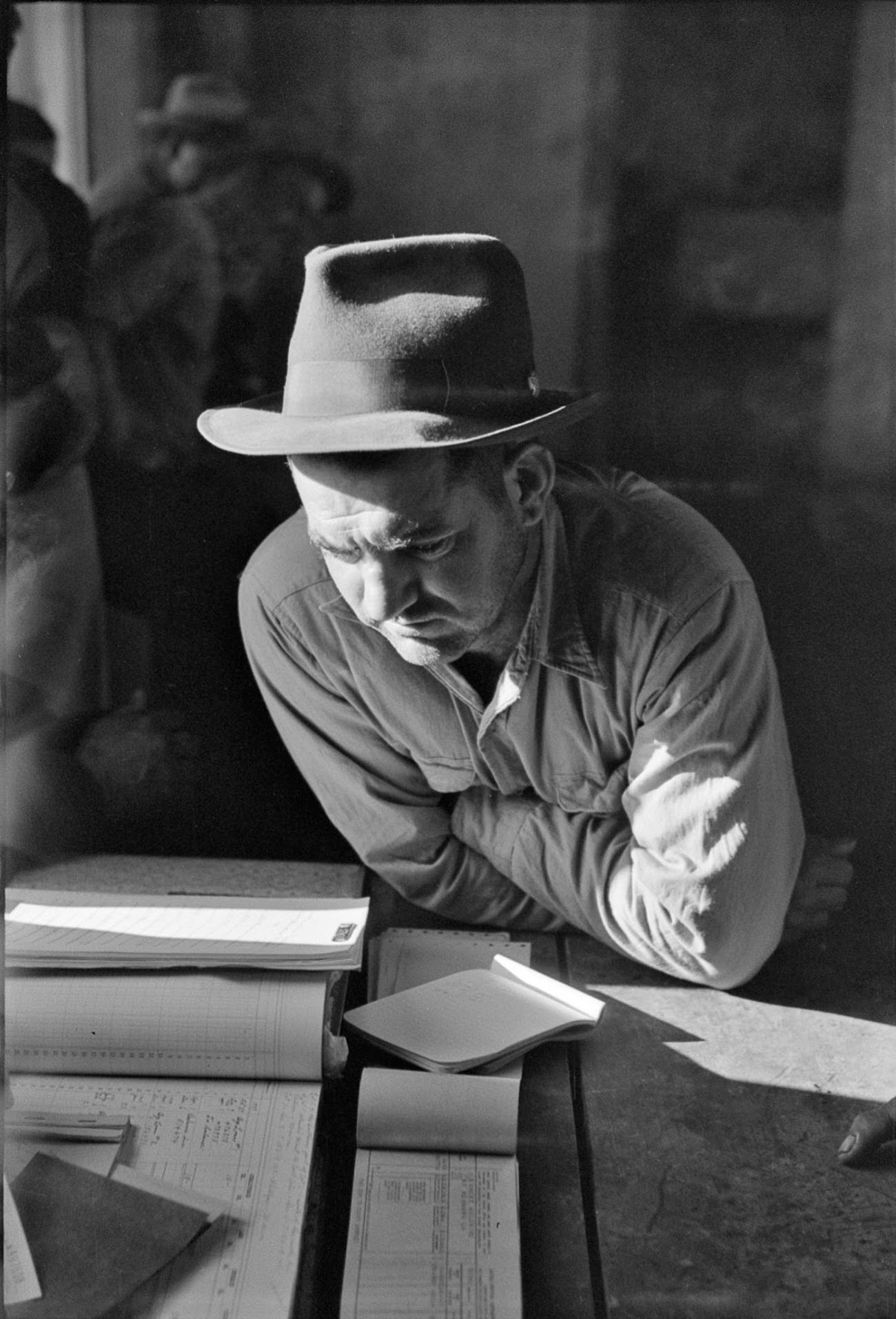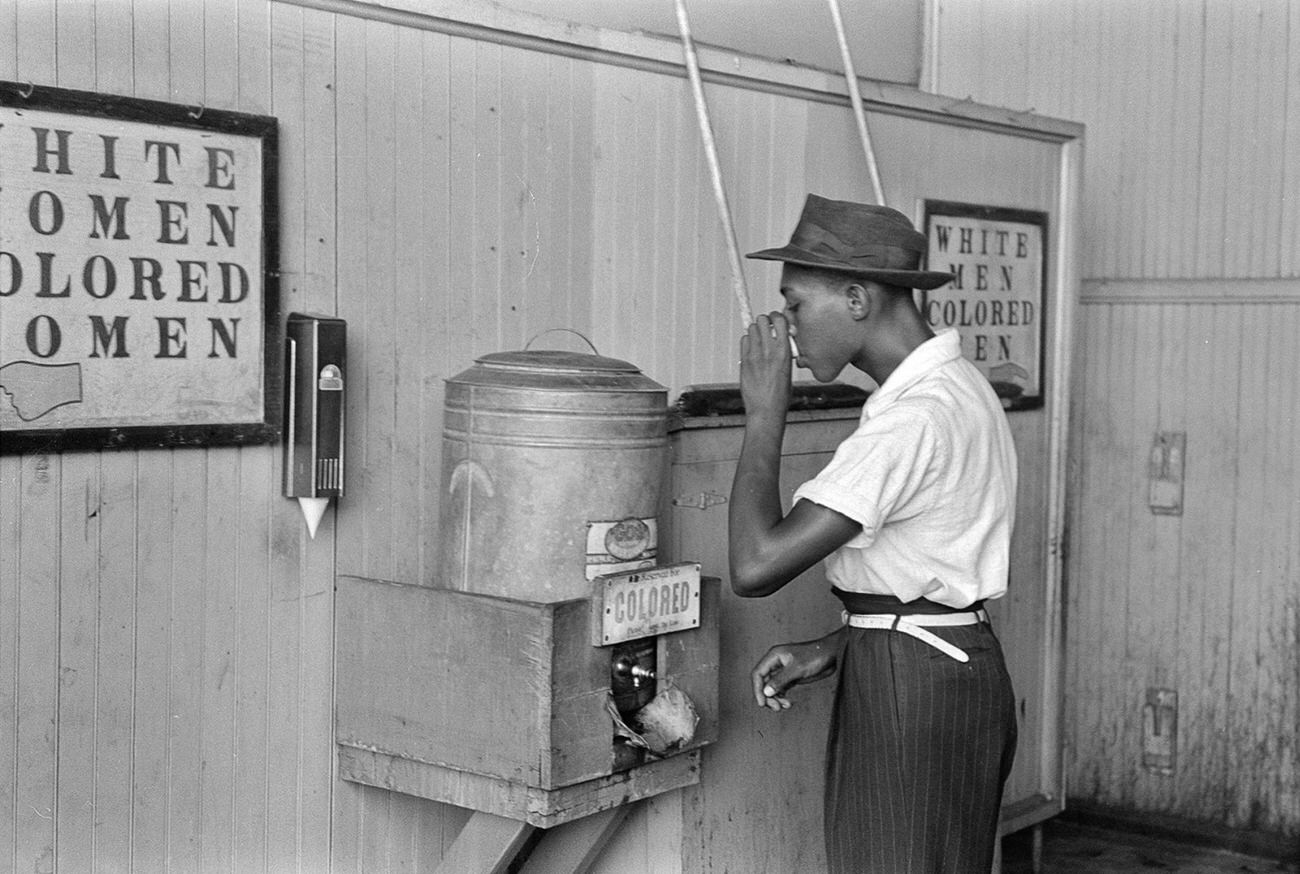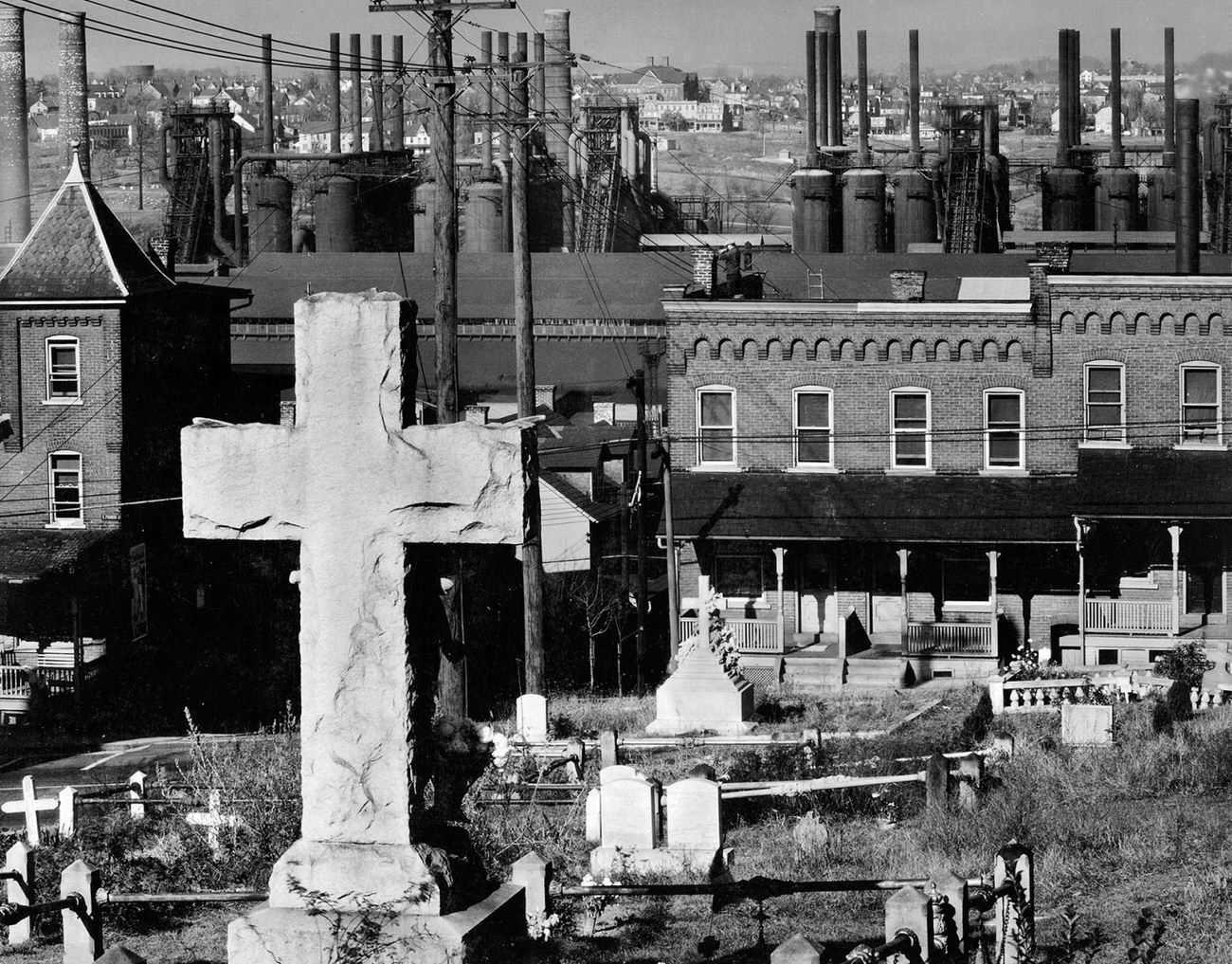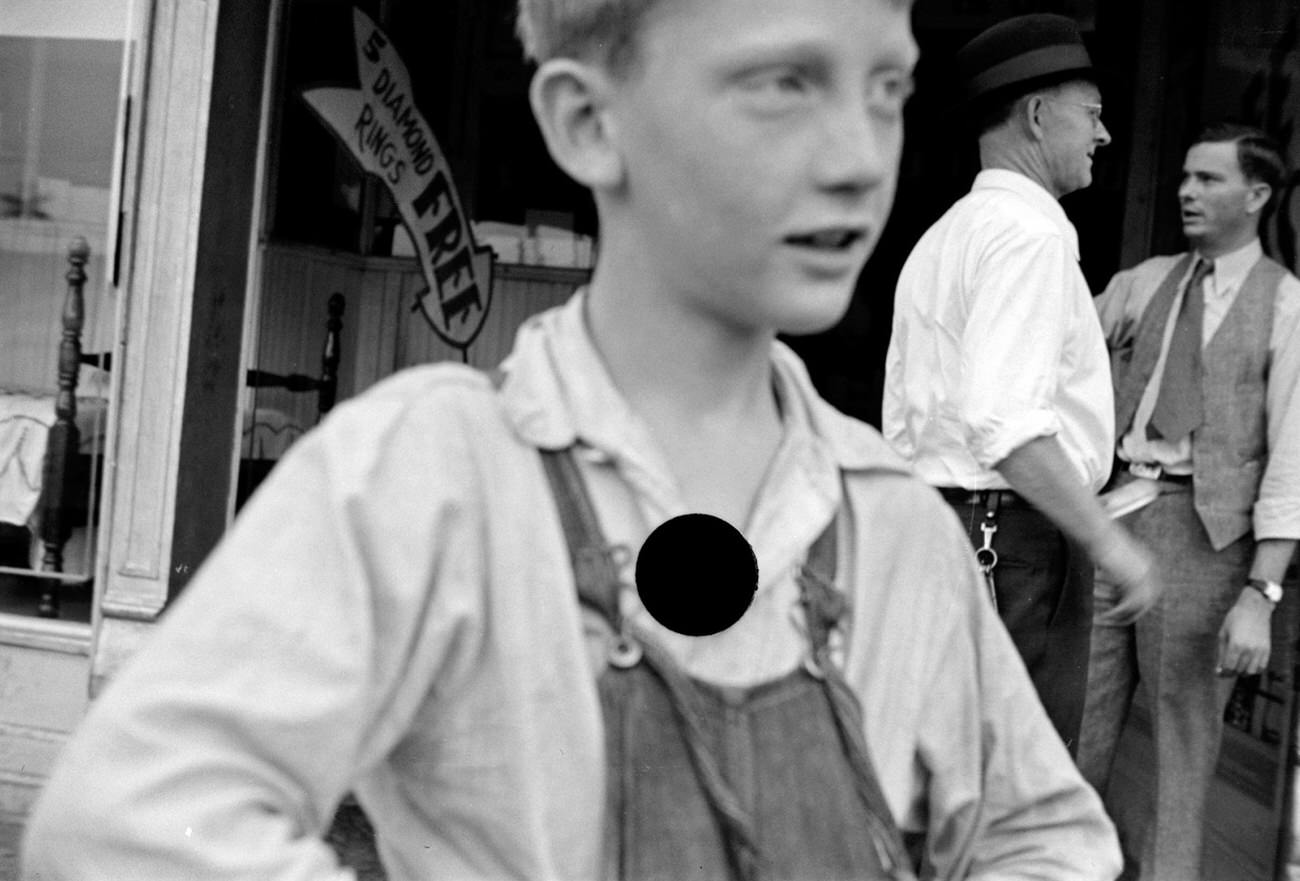Walker Evans’ “American Photographs,” originally published as a book in 1938 and based on exhibitions from earlier in the decade, offers a stark and powerful portrait of America in the early 1930s. These photographs, taken during the Great Depression, capture scenes of everyday life, revealing the social and economic realities of the time. Evans’ work has had a lasting impact on photography, influencing how we see and understand America.
Evans wasn’t interested in creating dramatic or sentimental images. He sought to capture the world as it was, with a clear and objective eye. This approach gave his photographs a sense of realism and authenticity.
His photographs depict a wide range of subjects, from rural landscapes and small towns to urban scenes and portraits of ordinary people. This variety provides a comprehensive view of American life during this period.
The photographs often have a sense of quietness and stillness. There’s a lack of dramatic action or overt emotion. This quietness allows the viewer to focus on the details and to contemplate the deeper meaning of the images.
Read more
Evans’ work is known for its straightforward and unadorned style. He avoided using special effects or dramatic lighting. This direct approach allowed the subjects to speak for themselves.
The photographs are carefully composed, with attention to line, form, and texture. This careful composition gives the images a sense of balance and order, even when depicting scenes of poverty or hardship.
One of the striking aspects of Evans’ work is its ability to capture the spirit of a time and place. The photographs evoke a strong sense of the 1930s, with its economic struggles and social changes. They transport the viewer back in time.
The photographs in “American Photographs” are connected to each other, creating a larger narrative about America. Each image builds upon the previous one, creating a cumulative effect.
The photographs often feature details that speak to the social and economic conditions of the time. We see signs of poverty, unemployment, and the effects of the Depression. These details add a layer of social commentary to the work.


